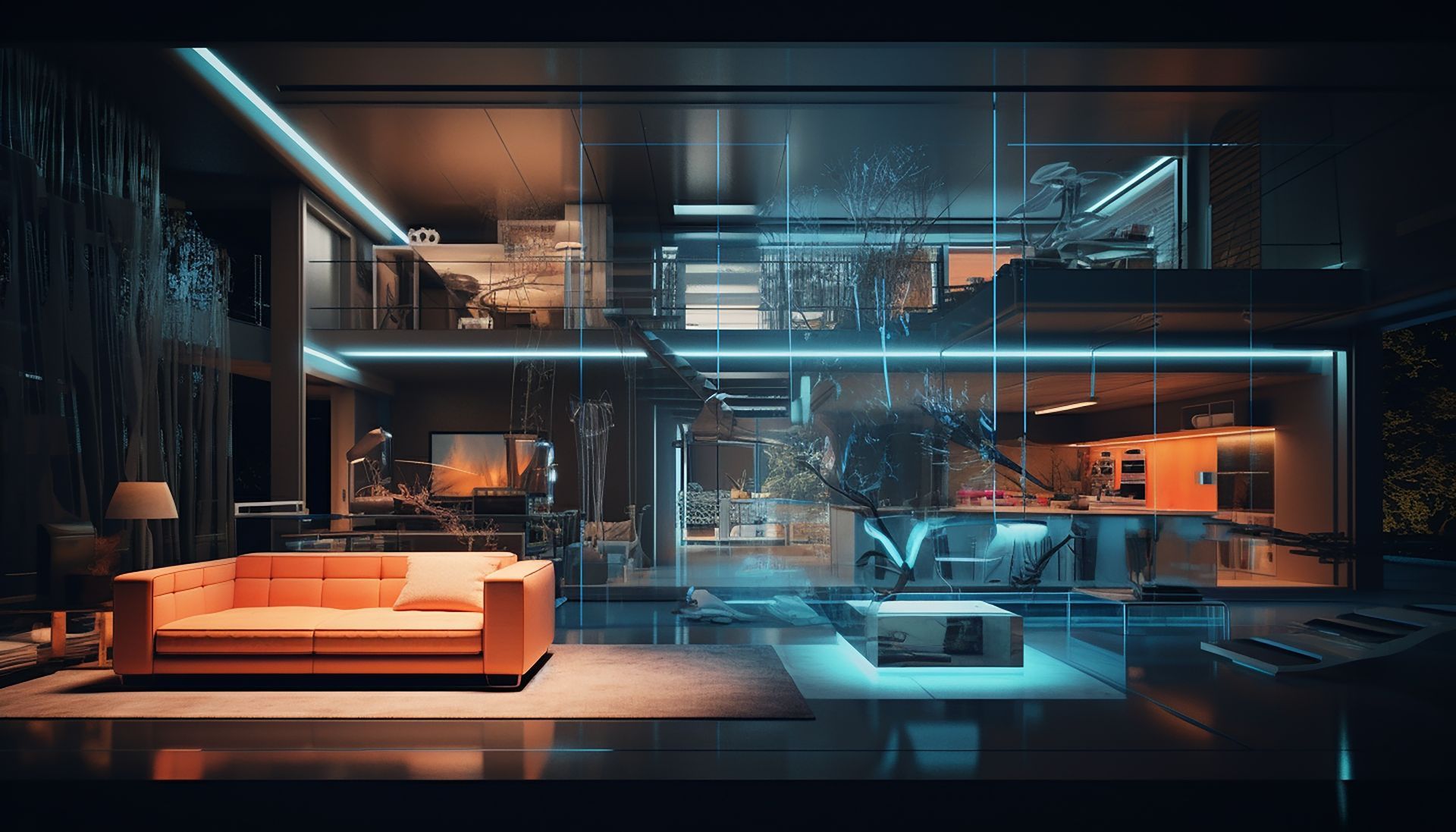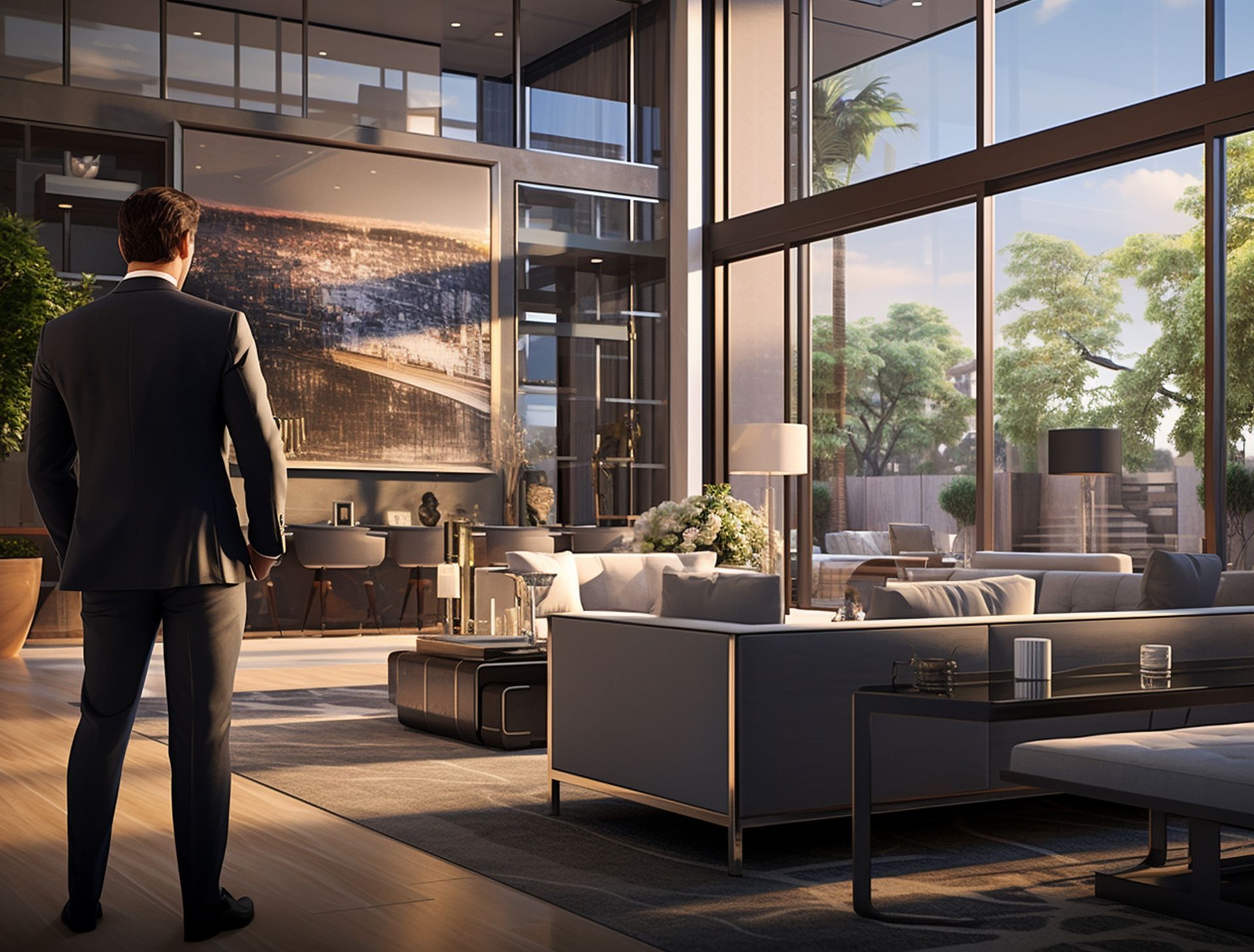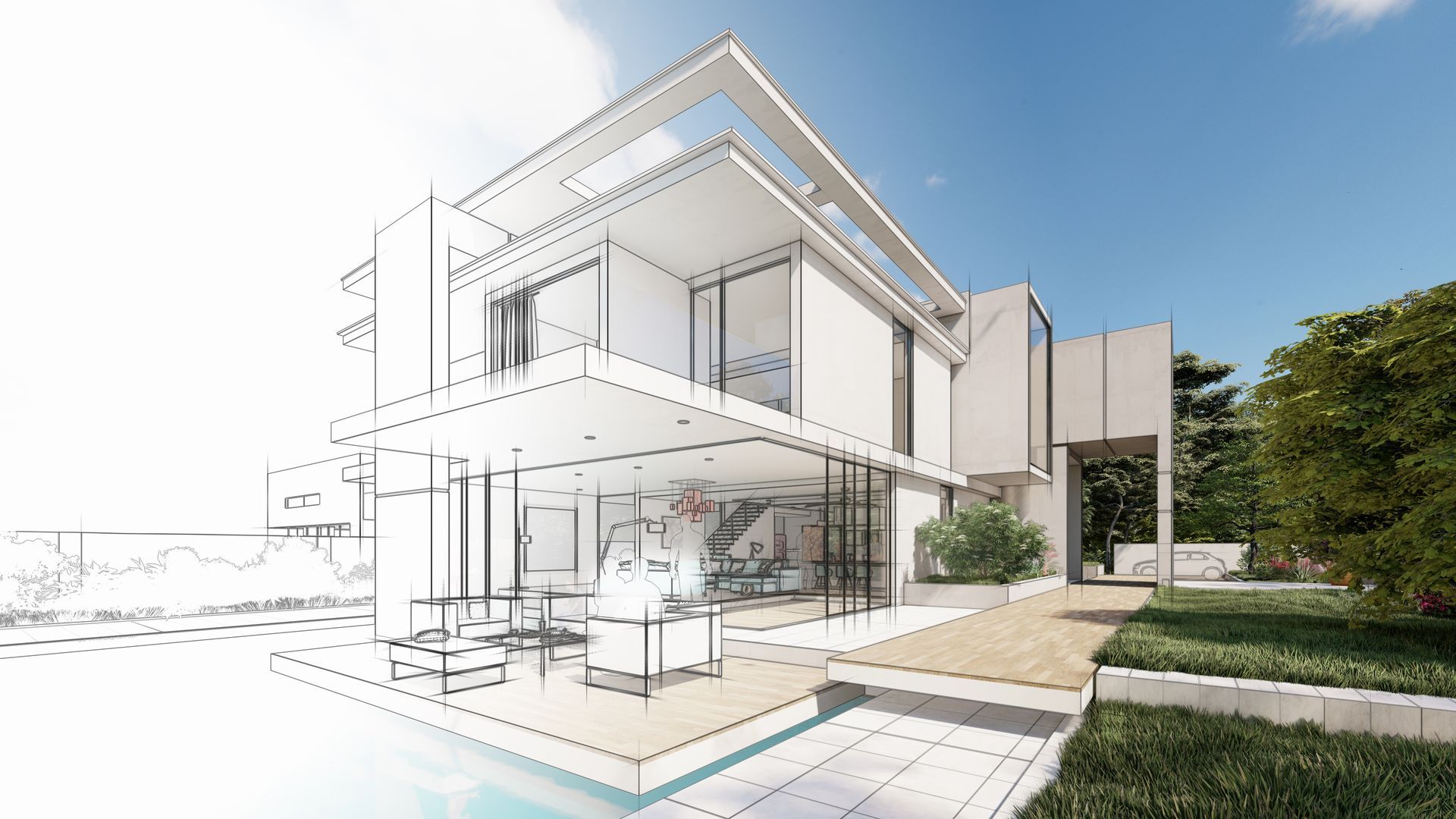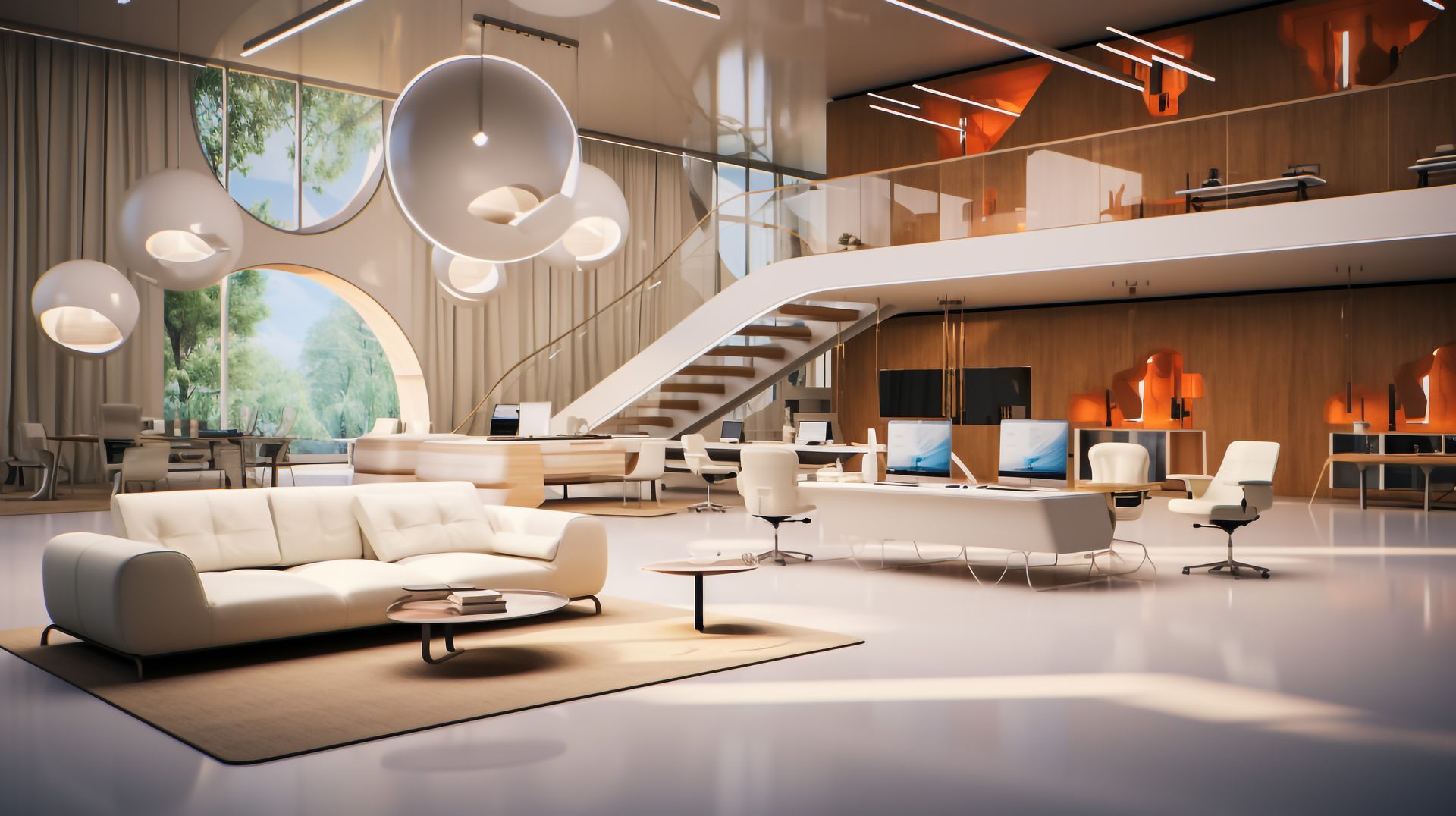
Neuroarchitecture is a cutting-edge field that merges neuroscience, psychology, and design principles to optimize spaces for human well-being and cognitive function. By understanding the profound impact of our built environment, neuroarchitecture revolutionizes both interior design and architecture. In this post, we explore the benefits of neuroarchitecture in creating healthier and more impactful spaces.
1.Enhancing Cognitive Function:
Neuroarchitecture aims to optimize spaces for improved cognitive function. Through considerations such as lighting, acoustics, and spatial layout, designers can stimulate specific brain regions, enhancing mental clarity, focus, and creativity. Biophilic design, incorporating natural elements, has been linked to enhanced problem-solving skills, improved memory, and increased productivity. By integrating nature into spaces, architects captivate the eye and invigorate the mind.
2. Promoting Emotional Well-being:
The built environment significantly impacts our emotions and mental well-being. Neuroarchitecture leverages design elements to evoke positive emotions. Natural light and views of nature have been found to reduce stress and enhance mood. By incorporating large windows and open spaces, architects create a sense of openness and connection to the outside world. Designers also focus on providing areas for relaxation and personalization, promoting emotional rejuvenation and mental health.
3.Enhancing Social Interaction and Connectivity:
Neuroarchitecture fosters social interaction and connectivity. By incorporating communal areas, flexible layouts, and comfortable seating, designers facilitate collaboration, communication, and community building. Well-designed spaces enhance social cohesion, reduce isolation, and foster a sense of belonging. Architects consider the flow of movement and arrangement of spaces to encourage spontaneous interactions and a vibrant social atmosphere.
4. Optimizing Health and Well-being:
Neuroarchitecture prioritizes health improvement by creating spaces that support physical well-being. Considerations include air quality, thermal comfort, and ergonomics. Natural ventilation, low VOC materials, and green spaces improve indoor air quality, reducing respiratory issues. Ergonomic furniture, appropriate lighting, and spatial layouts enhance comfort and reduce musculoskeletal problems. Inclusive design considers diverse populations, promoting accessibility and equal participation.
In conclusion, Neuroarchitecture revolutionizes design by optimizing health, well-being, and cognitive function. From enhancing cognition to promoting emotional well-being, neuroarchitecture offers numerous benefits. By integrating biophilic design, optimizing lighting and acoustics, and fostering social interaction, designers create impactful spaces. Sustainability, inclusivity, and user-centered design are also prioritized. Neuroarchitecture holds immense potential in shaping a healthier and more human-centric built environment. By embracing this approach, designers redefine our living and working spaces, ultimately improving our quality of life and harmonizing our relationship with the built world.






